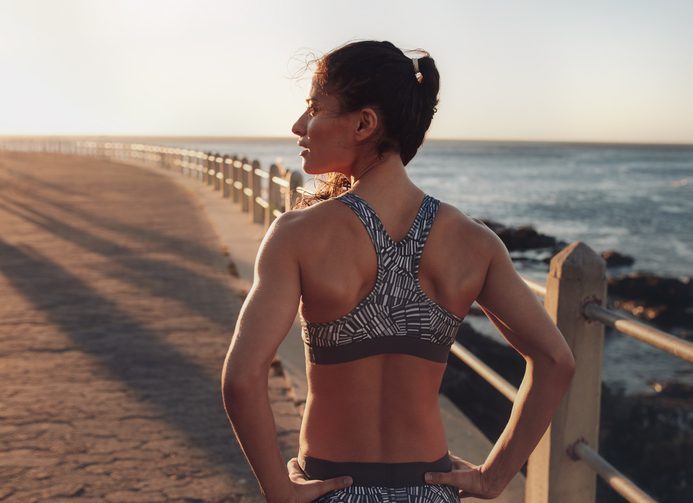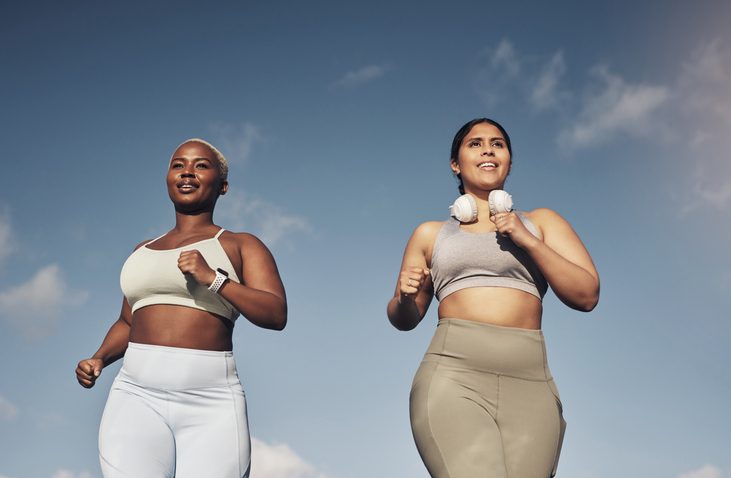A well-fitting sports bra can be a game-changer in terms of comfort—but could it also impact your joint health? A recent study published in the Journal of Applied Biometrics suggests a supportive bra may actually reduce injuries to the anterior cruciate ligament (ACL), which runs through the middle of the knee and helps to stabilize the joint.
Women are more prone to ACL tears, a debilitating injury with an extended recovery period, compared to men. While researchers have explored biological factors and training routines as potential contributors, the idea that a supportive sports bra could assist in injury prevention had not been previously considered.

More bra support equals less knee stress
An international team of experts set out to examine the role of breast support in reducing the risk of knee injuries, particularly among female athletes. Their study involved 35 recreational female athletes with bra cup sizes ranging from B to D. The participants engaged in jumping and landing tasks, wearing bras of three different support levels, from minimal to highly supportive. Past findings have suggested that the larger the cup size, the higher the risk of traumatic knee injury.
Women in the minimal-support bras tended to land using an ankle-dominant strategy—a method that can cause knee injuries, as it puts excessive strain on small stabilizer muscles. With increased bra support, women were more likely to land with a hip-dominant approach, minimizing the stress put on the knee. With the hip-dominant approach, knee flexion angles were reduced, resulting in a decrease in dynamic knee valgus (a term that describes the knee moving inward from the foot, a common risk factor for ACL injuries).
Breast movement during exercise is an important consideration
The findings came as a surprise to the research team, reports ABC News Australia. Dr. Douglas Powell, director of the Breast Biomechanics Research Center at the University of Memphis, explains: “We were surprised by the meaningful impact of breast support on ACL stress levels. This underscores the importance of considering the biomechanical implications of breast movement during physical activity.”
When breast support is increased, hip-dominant landings are more likely, because women move the trunk of their body less—making the pelvis easier to control. “So we see changes in movement patterns at the trunk, pelvis and lower extremities, since it’s all connected,” he says.”This [finding] is useful as we could go on to teach women to use a more hip-based strategy.”

Forward progress
In the past, research has demonstrated that properly fitting bras can help runners become more efficient by reducing oxygen consumption. Your sports bra also contributes to better posture, helping you run upright and strong for longer.
Dr. Nichola Renwick, senior research associate in breast biomechanics at the University of Portsmouth, in the U.K., says we need more insight into the area of breast support and exercise. “There’s a lot of different considerations to take into account, particularly around the impact [on the knees] from different activities and cup size,” she explains. “Things like running clubs are becoming more and more popular, but people still don’t know what kind of kit to wear for it.” Renwick hopes that findings about ACL injury prevention will encourage more women to become educated on breast health.

